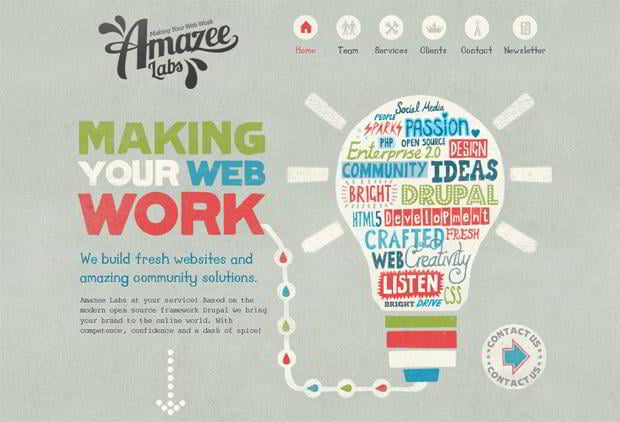Crucial Element Of Website Layout: Methods For Developing An Easily Accessible Customer Experience
Crucial Element Of Website Layout: Methods For Developing An Easily Accessible Customer Experience
Blog Article
Material Develop By-Aguirre Thorpe
When it comes to website design, making certain user-friendliness is essential. From receptive design to structured navigating, every component plays an essential role in creating a website that deals with your target market's needs. But what about the finer details that can make or break a user's browsing experience? Remain tuned as we uncover some often-overlooked tips that can raise your site's usability to the following level, making it really stand out in the electronic landscape.
Value of Responsive Layout
Receptive layout is an important aspect of contemporary website growth. Guaranteeing your internet site is receptive ways that it can adapt to various display dimensions and gadgets, providing a seamless experience for users.
With https://www.forbes.com/sites/forbescommunicationscouncil/2021/03/15/five-ways-to-simplify-your-digital-marketing-strategy/ increasing use of smartphones and tablet computers to access the web, having a receptive style is crucial for getting to a bigger audience. It helps in boosting customer experience by making your website easy to navigate and keep reading any type of gadget.
Furthermore, receptive style can positively affect your online search engine rankings, as online search engine like Google prioritize mobile-friendly internet sites. By having a receptive layout, you're additionally future-proofing your internet site, as new tools with varying display dimensions remain to emerge.
Simplify Navigation Structure
To boost individual experience and assist in simple access to info on your web site, enhancing the navigating framework is critical. When designing your website, concentrate on developing a clear and user-friendly navigating menu that helps visitors discover what they're looking for rapidly.
Limit the number of menu products to the fundamentals, grouping related web pages with each other to avoid frustrating users. Usage descriptive labels that clearly suggest the content of each page, making it much easier for customers to understand where each link will certainly take them.
Think about implementing dropdown menus for subcategories to stop cluttering the main navigating bar. In addition, consist of a search bar plainly on the web page for users that prefer searching for specific details.
Focus on mobile responsiveness in your navigating design to ensure simple accessibility on all tools.
Maximize Web Page Load Rate
Improving web page lots speed is important for retaining visitors on your web site. Slow-loading pages irritate individuals and can result in high bounce prices. To optimize page lots speed, beginning by optimizing images. Compress pictures without jeopardizing top quality to minimize their file sizes.
In addition, allow browser caching to save often accessed sources locally, speeding up tons times for returning visitors. Minify CSS, JavaScript, and HTML data by removing unneeded personalities, comments, and formatting, improving tons rate.
Think about utilizing a material distribution network (CDN) to disperse your website's content throughout several servers worldwide, lowering latency for customers accessing your site from different places. Last but not least, limit the use of third-party manuscripts and plugins, as they can significantly impact load times.
Final thought
Finally, by including receptive design, streamlining navigation, and optimizing page tons speed, you can create an easy to use internet site that attract a wider target market and improves individual experience. These essential elements guarantee that visitors can quickly access and browse your website throughout various gadgets, leading to enhanced interaction and satisfaction. By focusing on these vital aspects, you can build a successful site that maintains users coming back for even more.
